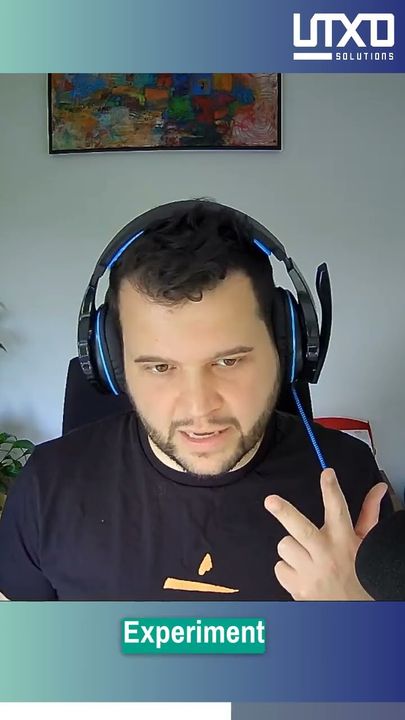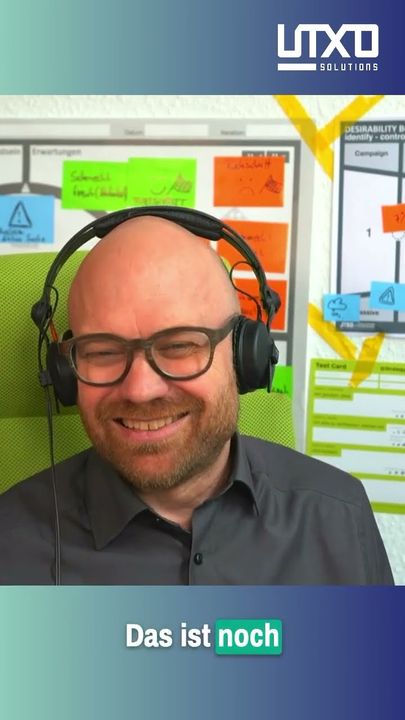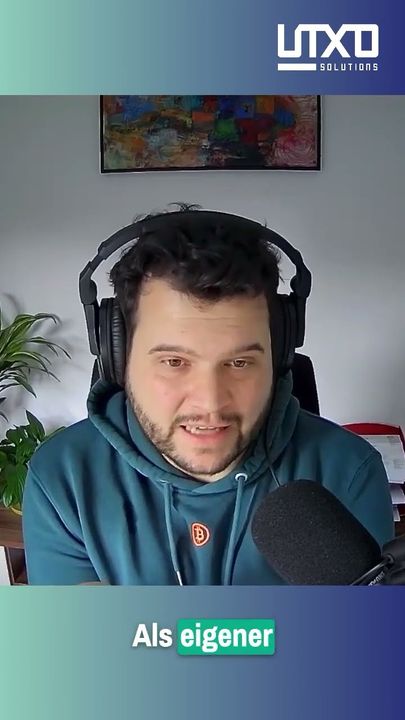
How to use the extended competitive landscape?
The beauty of the jobs to be done perspective is the extended competitive landscape. Competitive landscape is the summary of all the solutions our customers may buy. Things they could choose instead of us. And usually we see only a small part of it. What jobs to be done (JTBD) enables us, is to see the full picture. To extend the view. Because seeing the whole competition shows us, where we can get market shares the easy way.
Where did we look for competition in the past?
The old logic was: Similar products attract similar customers. Like different coffee brands share the same customers. Within a certain group, different cars share the same customer base. And so we only had to be better than the competition if we wanted to grow as a company. Turns out, this isn’t true. Here is why:
Customers don’t want to buy products. No one has the desire to buy something. In fact, customers don’t even have the desire to own something. They only buy things, because they want something in their life. Something, they want to improve. Some progress they want to make. And that is what they hire products and services for.
For example: No one wants to buy a car. People want things like mobility. Getting to work more comfortably then via public transportation. Be flexible when it comes to traveling with children. Get the weekly grocery shopping done fast and on their own schedule. They buy a car because it gets the job done for them. The job of creating a certain progress in their life. More flexibility, getting from A to B, feeling safe and so on.
This however means, that our products don’t compete with other products. They compete with everything that gets the job done. And on the flipside they don’t compete with things, that get a different job done. This makes the extended competitive landscape.
How does the extended competitive landscape work?
“Help me get to work”. This is a job, people would buy a car for. Now we could consider: “Which car does it best?” When we look at car advertisement, a lot of it is about features, aesthetics and price. And sure, in a car to car competition, this might be OK. But even a smart won’t beat a bike when it comes to the ease of finding a parking spot.
So the bike is part of the extended competitive landscape. So is public transportation. However, home office is part of the extended competitive landscape as well. Because when we work from home, we can simply walk to work. And it is way faster than a car. You may think this obvious. But even after COVID, try asking the CEO of Volkswagen about who their competition is. Right, Tesla and Toyota. Because they are similar. But comparing and competing are not the same.
The same applies to other jobs a car will get done. Help me get an adrenaline kick is something we could buy a Porsche for. Or a motorcycle. But you could also go skydiving.
We can take this to basically every product. Selling beer in a pub? The job might be: Help me get a sense of social connection. Suddenly, yoga classes become a competition for the pub. And a healthy one as well. The extended competitive landscape for Netflix is not just Amazon Prime and Disney plus. For jobs like: Help me to have an enjoyable evening, it is woodworking and board games as well. Something Netflix adressed by adding mobile games to their portfolio.
People don’t buy what we do. They buy what it does for them.
How can I use the extended competitive landscape?
Imagine Volkswagen would have bought Zoom when they where still young. This is what we can do. Look for markets where we can compete in easily. Markets that are our extended competition. And especially those which are underserved. And then get there. Undiscovered markets often mean blue oceans and low hanging fruits. Find them before they find you.






